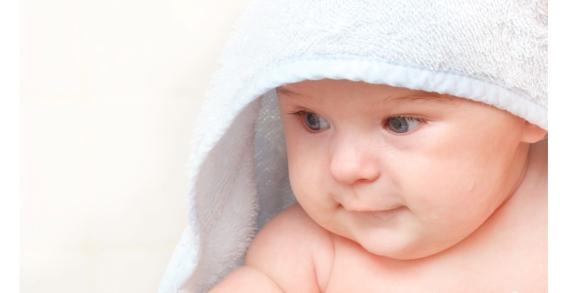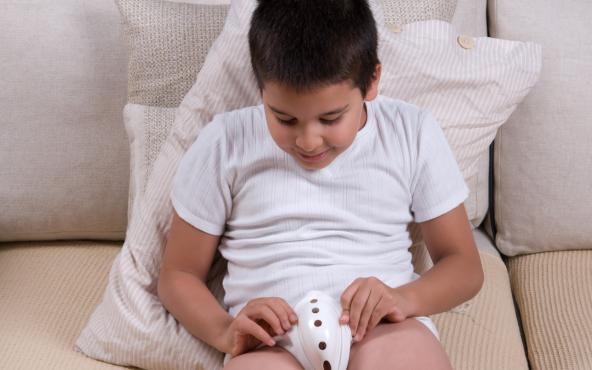We're hiring ! Join us and make a difference in our hospitals
Circumcision

What is circumcision?
Circumcision refers, in its most common form, to the surgical removal of the foreskin, leaving the head of the penis (the glans) permanently exposed.
The procedure has been practised since ancient times for cultural or religious reasons in many parts of the world, but it can also be performed for medical purposes.
From a medical perspective, circumcision may be recommended in cases such as:
- Phimosis, when the foreskin is too tight and prevents full retraction,
- Recurrent local pain or infections (balanitis),
- Urinary complications caused by mechanical obstruction.
In these situations, the procedure is referred to as a posthectomy.
At the Queen Fabiola Children’s University Hospital (HUDERF), circumcision is generally performed after the age of one, unless a specific medical condition requires earlier intervention.
How is the procedure carried out?
Circumcision is performed:
- Under general anaesthesia, combined with local anaesthesia of the penis;
- As a day-case procedure (outpatient surgery), meaning the child is admitted and discharged on the same day.
If the child has another medical condition (such as a heart or respiratory problem), the anaesthetist may recommend an overnight stay for observation.
After the operation
Absorbable sutures are used; they dissolve and fall out on their own after two to three weeks.
Before discharge, parents receive a prescription for pain relief for the first 48 hours after surgery, along with a postoperative care sheet explaining the home care steps – such as applying a soothing ointment (e.g. Terracortril®) for two to three days.
A follow-up appointment with the paediatric surgeon is scheduled about one week after the operation to check healing and recovery.
Advice for parents after the operation
At home, a few simple precautions will help your child recover comfortably:
Pain and comfort
Appropriate pain relief will allow your child to quickly return to their usual activities.
For older children, choose loose-fitting clothing such as pyjamas or jogging bottoms to avoid pressure on the area.
Local care
The dressing usually comes off on its own after a few nappy changes.
If it has not fallen off within 24 hours, you can moisten it gently with warm water or under the shower, remove it carefully, and then apply a soothing ointment for two to three days.
This prevents the scar from sticking to underwear or nappies.
Hygiene
Avoid baths for the first two days after the procedure — showers are preferable.
No swimming, seawater baths, or horse riding for one month.
Healing
The stitches dissolve naturally within two to three weeks.
A slight swelling, minor bleeding, or small yellowish crusts may appear — do not remove them; instead, soften them with petroleum jelly or a few drops of olive oil.
Sometimes the urine stream may be irregular for a few days; this settles spontaneously.
When to contact the hospital
If your child develops a fever, significant bleeding, or widespread redness, contact your doctor or the Paediatric Surgery Department at the Queen Fabiola Children’s University Hospital without delay.


